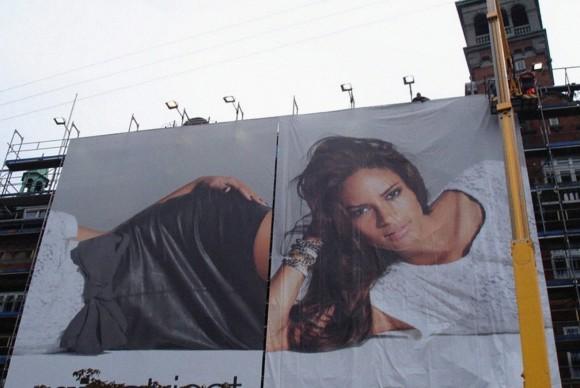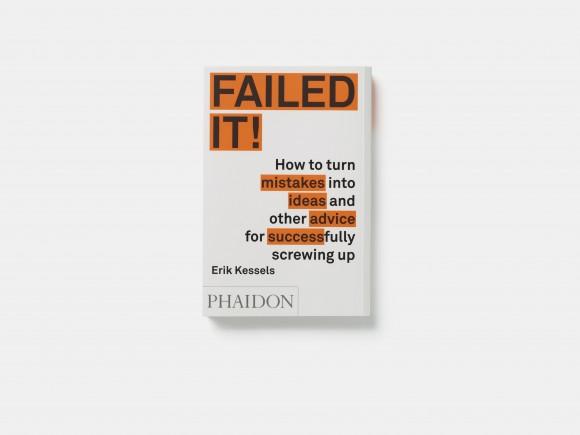Perfectionism triggers a stubbornness in Dutch designer Erik Kessels.
“We’re living in a time when, especially in the creative industry—photographers, designers, artists, many different disciplines—are using computers, cameras on our smartphones, all of those different materials that help us create close to perfection. But perfection is not a good starting point for a great idea,” Kessels said. He’s known for publishing books of collections of interesting—and sometimes absurd or hilarious—photographs he finds.
Last year, he published “Failed It!”, a book filled with images of happy accidents and horrible blunders, like an inaccessible balcony mistakenly built onto the side of a building, pigeons walking into and ruining shots, or a billboard where two halves of an image of a model were installed in reverse.


“If you’re anything like me, you’re called an idiot at least once a day. And that’s okay,” he writes. “Because making mistakes, flirting with disaster, and outright failure are how you get better.”
We’re in an age when people need this kind of reminder, Kessels said. “We can make everything we want to make, with 3-D printers and everything. But now that we can, what are we going to make?” These questions sometimes paralyze young designers, in his experience. “A 12-year-old can work with graphic programs that once were only [used by] professionals. At 18 or 19 or 20, they are so equipped with technical knowledge they lose [the creativity] a little bit.”
From the responses Kessels has gotten, these young designers are the ones reading his book. “I think they find it refreshing,” he said. They remember they have permission to experiment and fail. They go back to their roots and discover why they originally wanted to do creative work.
There’s a difference between making a mistake and learning from it and deliberately failing in order to come up with a better idea, and Kessels says you should do both.
As creative director of an advertising agency he founded, his creative process is centered around coming up with great ideas. For 25 years, the process has been the same, Kessels explained: He sets out to come up with a great idea, and sometimes it comes, and sometimes it doesn’t. When it doesn’t, he stumbles through a forest of ditches by throwing ideas together—sometimes deliberately dumb ones—until he thinks of something that works.

It teaches you to create something out of an imperfect thing, which is often what you need to do in advertising.
One of Kessel’s clients was a budget hotel in Amsterdam, the kind of place where most guests are student backpackers. He remembers looking outside and seeing the neon sign spelling out “HOTEL,” except only the “L” was lit.
“It’s accidentally eco-friendly,” Kessels joked. “They only use 20 percent of the electricity.”
The campaign became “Honesty is their only luxury,” with tongue-in-cheek ads with messages like “There is a bed in every room” and “Now with even more rooms without windows,” but the backpacking target market loved it.
Kessels likes to use the analogy of a GPS. The creative industry in the digital age deals with a lot of dictated methods and directions, and supposedly tried-and-true campaign styles. But sometimes it’s good to take the scenic route, or take a detour and end up in an off-road little village. You'll still get where you need to go, he says.





Friends Read Free